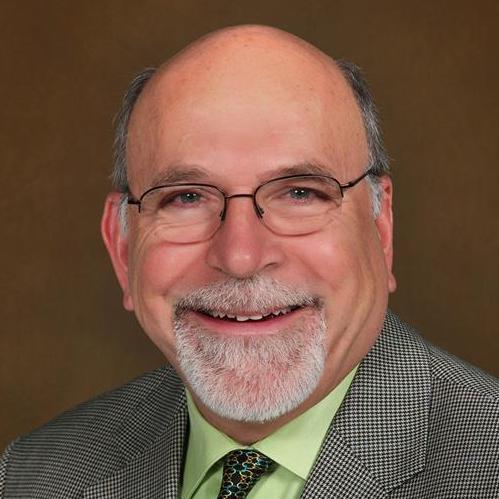A project to improve the effectiveness of endoscopic surgery, led by University of Colorado Cancer Center member Steven Edmundowicz, MD, is one of nine research endeavors to be awarded major funding from the Anschutz Acceleration Initiative (AAI).
The AAI recipients were announced January 10 by CU School of Medicine Dean John J. Reilly Jr., MD, during his annual State of the School address.
Getting traction
Working in collaboration with Mark Rentschler, PhD, a professor of biomechanical engineering at CU Boulder, Edmundowicz and his team are developing an overtube with a textured balloon. This then fits over a traditional endoscope to allow endoscopists a way to hold the gastrointestinal (GI) tract in place while they perform intraluminal surgery with small endoscopic instruments.
“The fundamental technology is a texture on the balloon,” Rentschler says. “It’s like little fingers that stick out. They are very small, but they’re flexible, so they can engage through the slipperiness of the GI tract and push into the wall. They don’t damage the tissue by any means, but they give a tremendous amount of anchoring.”
The device, which can be used in endoscopic imaging as well as endoscopic cancer resection, has multiple openings through which an endoscope and instruments can be inserted to help endoscopic surgeons perform procedures more easily.
“We can use tools with the current endoscope design as well, but the problem is that we don't have a good way to do retraction,” Edmundowicz says. “In an open procedure, a surgeon would use two hands or an assistant — one to pull the tissue away and the other to cut. With the endoscope, you only have one hand, so you’re limited in your ability to do these kinds of resections. This gives us the second hand that moves around the resection site, if you will.”
Saving money and time
With the AAI grant, Edmundowicz, Rentschler, and their team aim to increase the adoption and safety of endoscopic submucosal dissection and improve endoscopic mucosal resection in the large bowel and upper GI tract. As part of the project, they are collaborating with the Katy O. and Paul M. Rady Esophageal and Gastric Center of Excellence at the CU Cancer Center. In addition to dramatic improvements in lowering risk and reduced recovery time, the procedure offers a cost savings of 90% over inpatient surgery.
“A lot of physicians have difficulty doing endoscopic techniques, because there’s a lot of skill involved,” Edmundowiczsays. “We want to use the balloon technology to fixate the colon or the upper GI tract, so it doesn’t move very much, and then use an accessory channel through that overtube to put in a separate retraction device that will help lift the lesion off the wall as you’re cutting it. That should make the resection much faster, and it would allow individuals who normally don’t have the skills to do that freehand to use the tube device to do the resection.”
“These procedures are really delicate,” Rentschler adds. “They’re challenging, because you’re removing cancerous and precancerous tissue that historically is removed by doing open surgery. We know you can cut it away from the inside very delicately to preserve the function of the gastrointestinal tract. This will help the patient recover faster, save significant days off work, and reduce costs of the therapy. Right now, these types of procedures can take two to three hours, and there’s a risk of cutting through the GI wall. We want to bring novel devices to the market that hopefully transform how these procedures are done.”
A new surgical model
The results of the testing enabled by the AAI grant could completely change the way some GI cancer surgeries are performed, Edmundowicz says.
“We hope it will allow us to prevent patients from needing operations and instead being able to have these types of lesions resected endoscopically,” he says. “There’s nothing wrong with surgical operations — they’re great, they save lives — but if we could convert this to an outpatient procedure, versus an inpatient operation at the hospital, I think we can make this a much more cost-effective option for many patients.”
Featured image: The overtube with a textured balloon fits over a traditional endoscope to allow endoscopists a way to hold the gastrointestinal tract in place while they perform intraluminal surgery with small endoscopic instruments.




.png)